From Roots to Richness: The Significance of Embryomorphemes in Albanian Linguistic Structure
Language is a living organism, evolving and adapting through time, reflecting the culture and identity of its speakers. Albanian, a unique branch of the Indo-European family, showcases an intricate linguistic tapestry woven from its historical roots and rich morphological features. At the heart of this structure lies a fascinating concept known as embryomorphemes, the foundational building blocks that help us understand the complex interplay of meanings in Albanian words and phrases.
Understanding Embryomorphemes
Embryomorphemes are units of meaning within a language that retain their identity even as they combine with other morphemes, such as prefixes and suffixes. Unlike regular morphemes, which may only function as roots or affixes, embryomorphemes can represent conceptual, grammatical, and contextual meanings that influence the formation and evolution of words. In the Albanian language, they serve as the primary ingredients that give rise to an expansive vocabulary capable of conveying nuance and depth.
The Role of Roots in Albanian Linguistics
In Albanian, words are typically composed of a root and various morphological modifications that alter their meaning or grammatical function. The root serves as the core of the word, encapsulating its primary semantic essence. For instance, the root "bë-" signifies the act of creating or doing. From this root, adjacent embryomorphemes can be added to form derivatives such as "bëj" (I do), "bërë" (done), or "bërës" (creator). The flexibility of the Albanian language allows speakers to utilize these roots to develop a broad spectrum of meanings through the careful manipulation of embryomorphemes.
Morphological Conjugation and Derivation
The morphological structure of Albanian further highlights the significance of embryomorphemes. Albanian verbs, for example, undergo a complex process of conjugation based on person, number, and tense, and this is facilitated by the incorporation of embryomorphemes. These morphological variations enable speakers to convey fine distinctions in action and intention, enriching the expressiveness of the language.
Moreover, nouns and adjectives in Albanian also reflect this rich morphology. Through the combination of roots with embryomorphemes, new words can emerge that signify varying degrees or qualities. For instance, from the root "mësim" (lesson), one can generate derivatives like "mësues" (teacher) or "mësimdhënës" (instructor), showcasing a dynamic approach to linguistic construction.
Cultural Reflections in Embryomorphemes
Beyond their grammatical utility, embryomorphemes also resonate with cultural significance. The ability to form and reformulate words reflects the values, beliefs, and social norms inherent within Albanian society. Concepts like "besa" (a vow or promise) or "muja" (a hero) carry deep cultural weight, derived from roots that reflect historical narratives and collective identity. In this sense, embryomorphemes do not merely serve a linguistic purpose—they become vessels for cultural expression and identity.
Challenges and Future Research
Despite the richness of embryomorphemes in Albanian, their study remains relatively underexplored compared to other linguistic phenomena. Scholars face challenges in systematically categorizing and analyzing these morphemes, given the language’s numerous dialects and regional variations. Future linguistic research could reveal even deeper insights into the function and evolution of embryomorphemes, shedding light on how they shape communication in modern contexts.
Conclusion
The significance of embryomorphemes in the structure of the Albanian language cannot be overstated. They serve as the essential building blocks that not only facilitate word formation but also enrich the cultural narrative entwined within the language. As Albanian continues to evolve, understanding and appreciating these morphemes will be key to preserving the linguistic heritage and identity of its speakers. Through continued research and exploration, we can further unveil the complex relationship between roots and richness in Albanian linguistic structure, celebrating the vibrant tapestry that is its language.
For more in-depth exploration on this topic, readers can refer to relevant scholarly articles and linguistics resources available through academic databases.


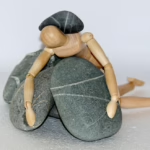

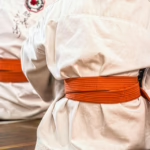





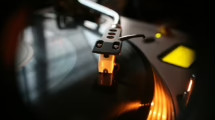




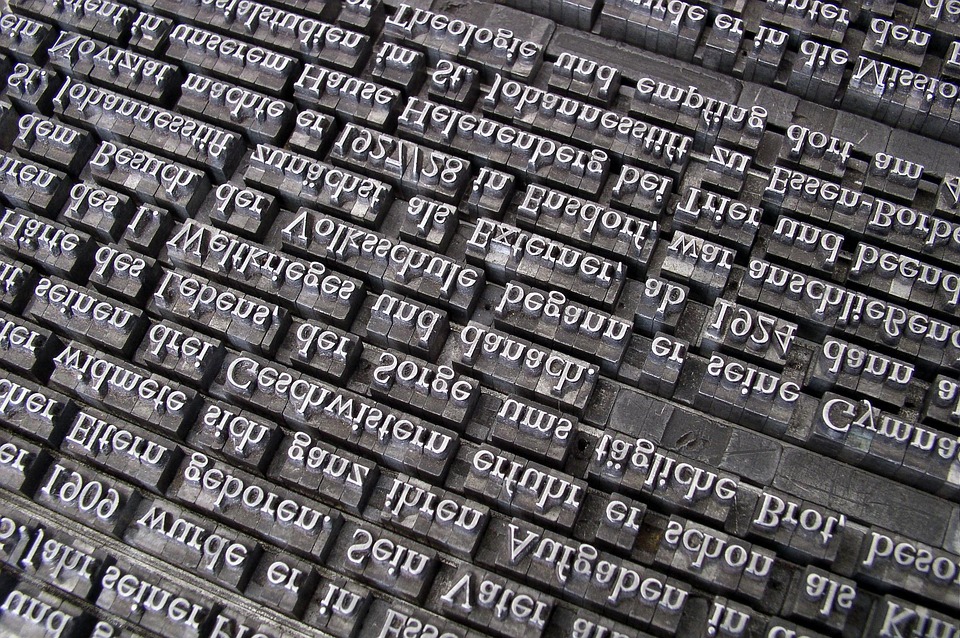

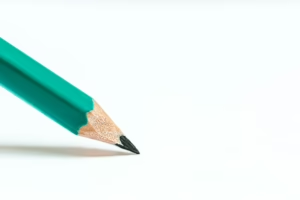
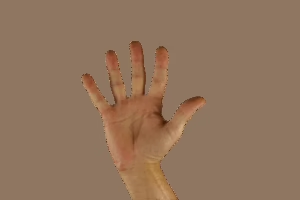







Add Comment